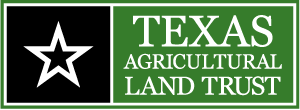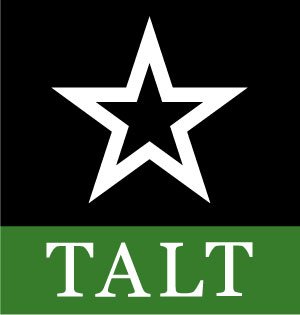Tomahawk Conservation Bank
The Lesser Prairie Chicken and agricultural production will always have a home on the Williams Family Ranch in Yoakum County thanks to the Tomahawk Conservation Bank.
“The conservation bank provided us a unique opportunity,” said Kirk Williams, who along with his siblings and their cousin participated in the project. “By selling our development rights to the conservation bank, we could ensure that the land would never be developed for other purposes, stabilize the habitat, and have money set aside to accomplish our management goals that honor our family’s commitment to leave the land better than we found it.”
While mitigation banks protect sensitive water and wetland environments, conservation banks generally safeguard threatened and endangered species and their habitat at a free market rate that delivers the greatest financial benefit to private landowners. Credits are established for the specific sensitive species that occur on the site and these credits can be purchased by entities needing to offset damages to habitat that occur in the course of activities such as road and pipeline construction and oil and gas development.
“The ranch is located in deep sand that is unsuitable for farming, so it has remained in its native state, making it suitable habitat for Lesser Prairie Chickens and other plains species,” Williams said.
Conservation banks also help to consolidate small, fragmented sensitive species compensation projects into large contiguous preserves which have much higher wildlife habitat values.
“Our ranch adjoins the Texas Parks and Wildlife Department’s Yoakum Dunes Wildlife Management Area, which amplifies the impact of our habitat by increasing its scale,” Williams said. “For three generations, our family has used our land for livestock grazing, which we can continue under the conservation bank’s required conservation easement.”
In order to conserve the habitat in perpetuity, the Tomahawk Conservation Bank, which was created by Tomahawk CB, LLC, a joint venture between RiverBank Conservation, LLC and LPC Conservation LLC/Common Ground Capital LLC, enacted a conservation easement on 1,535 acres of native rangeland.
According to Wayne Walker with LPC Conservation/Common Ground Capital, “When private landowners and private investors are compensated at a free market rate that is superior to the to the income they receive from the traditional government program activities while meeting the highest conservation standards for rare species, all of the stakeholders win: species receive strategic and accountable conservation; landowners receive income that allow them to independently decide how they will be used; and investors earn a return that is equal to or more than conventional investments.”
The conservation easement and dedicated endowment to manage the property in perpetuity is held by the Texas Agricultural Land Trust (TALT).
Walker maintains that TALT was a logical choice to hold the easement.
“TALT has a major focus on Texas and with its agricultural and conservation background so it was a good fit for our private landowner partners,” Walker said. “Plus, the organization has a lot of easement transaction experience which was also helpful.”
While the land trust was selected by the conservation bank, the Williams family was comfortable with the choice.
“TALT is ag friendly, which sets it apart from many of the other land trusts operating in the state,” William said, noting another land trust functioning in the region had only allowed grazing one time in the seven to eight years it managed a nearby property.
“Excluding cattle is not necessarily a good thing because well-managed grazing is one of the best habitat and land management tools available,” Williams said. “Frankly, grass keeps the world together, even though many people have lost sight of the economic, ecological and aesthetic benefits of well-managed rangeland. TALT understands the value of allowing land stewards to continue actively managing the land.”
He continued, “For us, the decision to enter into conservation banking and its attendant conservation easement made sense. Granted, the notion of a forever agreement was initially scary, but we saw it as a proactive measure. For many people with rare species, one of the concerns is that ‘someone’ is going to tell you what to do with your land. We now know what we can do with our land—and it’s essentially what we’ve done for generations. If you want the land to stay the way it is and still be a productive unit, this can be a viable option.”





